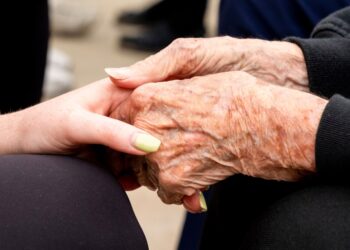Nothing prepared Linda C. Johnson of Indianapolis for the fatigue that descended on her after a diagnosis of stage 4 lung cancer in early 2020.
Initially, Johnson, now 77, thought she was depressed. She could barely summon the energy to get dressed in the morning. Some days, she couldn’t get out of bed.
But as she began to get her affairs in order, Johnson realized something else was going on. However long she slept the night before, she woke up exhausted. She felt depleted, even if she didn’t do much during the day.
“People would tell me, ‘You know, you’re getting old.’ And that wasn’t helpful at all,” she said. “Because then you feel there’s nothing you can do mentally or physically to deal with this.”.
Fatigue is a common companion of many illnesses that beset older adults: heart disease, cancer, rheumatoid arthritis, lung disease and kidney disease, as well as neurological conditions such as multiple sclerosis. It’s one of the most common symptoms associated with chronic illness, affecting 40% to 74% of older people living with these conditions, according to a 2021 review by researchers at the University of Massachusetts.
This is more than exhaustion after an extremely busy day or a night of poor sleep.
It’s a persistent whole-body feeling of having no energy, even with minimal or no exertion.
Fatigue doesn’t represent “a day when you’re tired; it’s a couple of weeks or a couple of months when you’re tired,” said Dr. Kurt Kroenke, a research scientist at the Regenstrief Institute in Indianapolis, which specializes in medical research, and a professor at Indiana University’s School of Medicine.
When he and colleagues queried nearly 3,500 older patients at a large primary care clinic in Indianapolis about bothersome symptoms, 55% listed fatigue — second only to musculoskeletal pain (65%), and more than back pain (45%) and shortness of breath (41%).
Separately, a 2010 study in the Journal of the American…
Read the full article here







